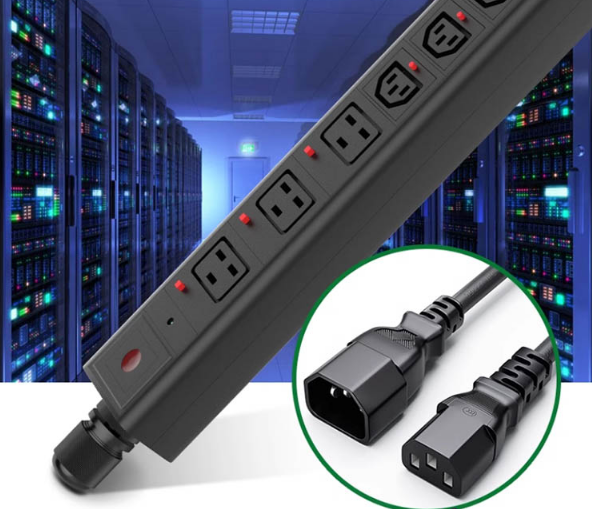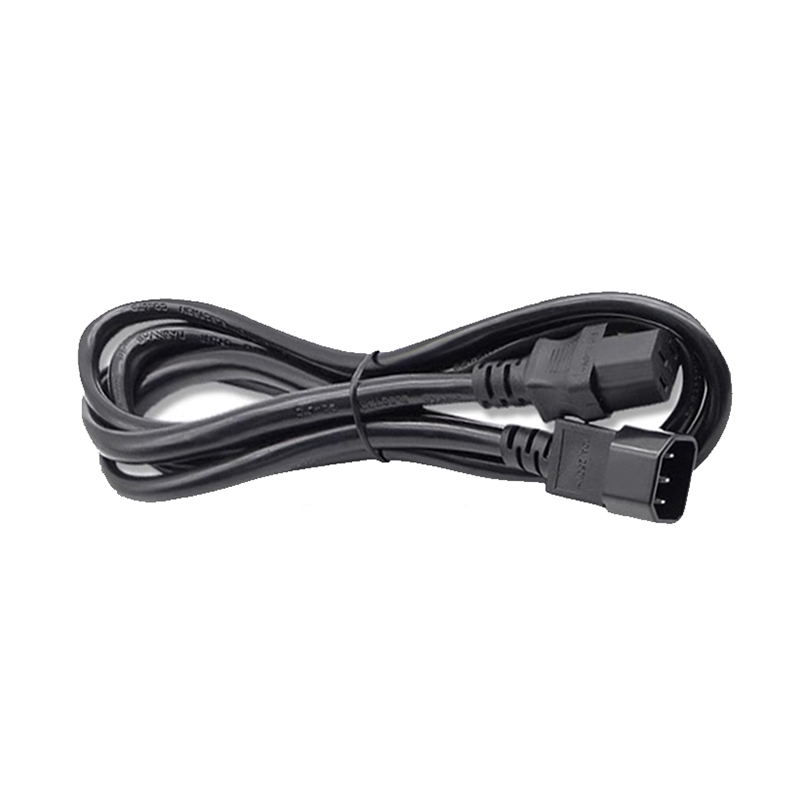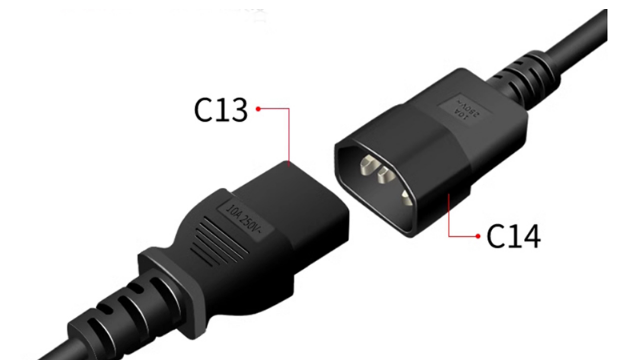Best C13 to C14 power cord for integration with Antminer equipment.
The Ultimate Guide to Choosing the Best C13 to C14 Power Cord for Antminer Equipment
Introduction: The Critical Role of Power Cords in Cryptocurrency Mining
In the high-stakes world of cryptocurrency mining, every component matters—especially those responsible for delivering power to your valuable mining equipment. While miners often focus on ASIC specifications and cooling solutions, the humble power cord plays an equally vital role in operational efficiency and safety.
The C13 to C14 power cord serves as the critical link between your Antminer and the power distribution unit (PDU), carrying substantial electrical loads 24/7. Choosing the wrong cable can lead to voltage drops, overheating, or even catastrophic failures that disrupt your mining operations. This guide explores why professional-grade C13 to C14 power cords represent a smart investment for serious mining operators, particularly those running Antminer hardware at scale.
Understanding C13 to C14 Power Cords: Mining-Specific Engineering
Connector Design for Industrial Applications
The IEC 60320 C13 (female) to C14 (male) configuration has become the industry standard for connecting enterprise equipment like servers and mining rigs to power sources. Unlike consumer-grade cables, professional mining cords feature:

- Reinforced connector housings that resist wear from frequent plugging/unplugging during maintenance
- Secure locking mechanisms (on some models) to prevent accidental disconnection
- High-temperature contacts that maintain conductivity under sustained 10A+ loads
Conductors Built for Continuous Load
Mining-specific power cords utilize:
- Oxygen-free copper (OFC) conductors (3×1.5mm² standard) for minimal resistance
- Precision-stranding techniques that enhance flexibility while maintaining current capacity
- Anti-oxidation treatments to prevent performance degradation over time
Insulation That Withstands Mining Environments
Industrial-grade PVC jackets on quality mining cords offer:
- 105°C temperature rating (vs. 60°C on consumer cables)
- Flame-retardant properties meeting UL94 V-0 standards
- Abrasion resistance for longevity in crowded mining racks
Why Standard Power Cords Fail in Mining Operations
Many operators make the mistake of using generic server cables or cheap aftermarket options, only to encounter:

Voltage Drop Issues
- Thin conductors (1.0mm² or less) cause significant voltage drop over distance
- Results in ASICs receiving suboptimal voltage, reducing hash efficiency
- Can trigger protective shutdowns during power fluctuations
Overheating Risks
- Inadequate wire gauge leads to excessive resistive heating
- Poor-quality insulation softens or cracks under thermal stress
- Creates fire hazards in dense mining farm configurations
Connector Failures
- Low-cost connectors warp or melt under continuous high load
- Loose connections cause arcing that damages PDU and miner inputs
- Frequent replacement needs increase downtime costs
Key Specifications for Antminer-Optimized Power Cords
When selecting cords for Antminer installations, prioritize these engineering features:
Current Capacity Matching Antminer Requirements
| Antminer Model | Typical Power Draw | Minimum Cord Rating | |—————|——————–|———————| | S19 Series | 3250W | 16A (recommended) | | S17 Series | 2400W | 13A | | L7 | 3420W | 16A+ |
*Note: Always maintain 25%+ headroom over nominal draw*
Optimal Length Considerations
The 150cm (59″) length offered by professional mining cords provides:
- Enough reach for clean cable management in rack setups
- Avoids excessive slack that traps heat or obstructs airflow
- Minimizes voltage drop compared to longer alternatives
Safety Certifications to Verify
Look for independent certifications like:

- UL/ETL listing for North America
- CE marking for European operations
- CCC approval for Chinese mining facilities
Installation Best Practices for Mining Power Cords
Proper Routing Techniques
- Use velcro straps instead of zip ties to avoid conductor compression
- Maintain separation from cooling ducts and hot exhaust paths
- Implement strain relief at connection points
Connection Security Protocols
- Push firmly until hearing/feeling a distinct connector “click”
- Periodically check for warmth at plug interfaces (indicates resistance)
- Apply dielectric grease in humid environments to prevent corrosion
Maintenance and Replacement Cycles
- Inspect cords monthly for insulation cracks or conductor exposure
- Replace entire cords (not just connectors) at first signs of damage
- Rotate spare cords into service to equalize wear patterns
Cost-Benefit Analysis: Professional Cords vs. Cheap Alternatives
While premium C13 to C14 cords carry higher upfront costs, they deliver measurable ROI through:
Uptime Protection
- 99.9%+ reliable power delivery minimizes ASIC reboots
- Prevents costly downtime from preventable power issues
Energy Efficiency Gains
- Properly sized conductors reduce wasteful voltage drop
- Can save 2-5% in power costs versus undersized cables
Longevity in Mining Service
- High-quality materials last 3-5x longer than consumer cords
- Reduces replacement frequency and labor costs
Conclusion: Power Your Antminers With Confidence
Selecting purpose-engineered C13 to C14 power cords represents one of the simplest yet most impactful upgrades for professional mining operations. By investing in cords specifically designed for Antminer equipment’s demanding requirements, operators gain:
✔️ Maximum uptime through reliable power delivery ✔️ Enhanced safety with industrial-grade insulation and connectors ✔️ Long-term savings from reduced replacement needs
For mining farms running Antminer S19, L7, or other high-power ASICs, pairing equipment with properly specified power infrastructure isn’t just recommended—it’s essential for profitable, sustainable operations. Always source cords from reputable suppliers specializing in mining applications, and never compromise on this critical link in your power chain.